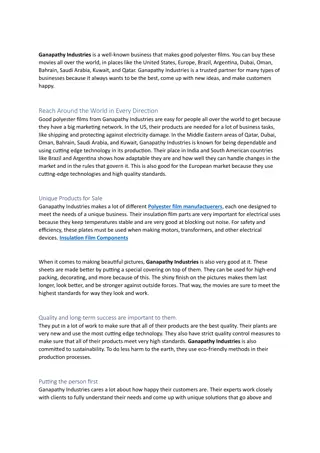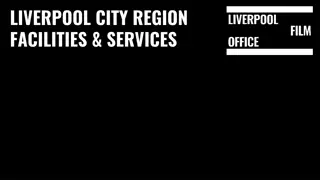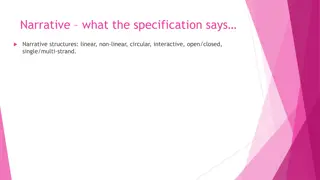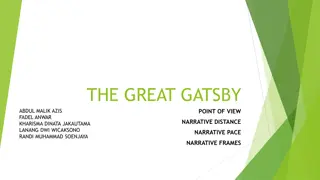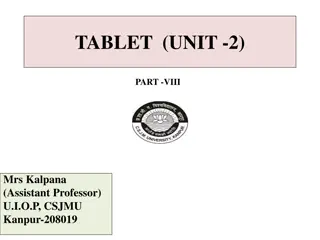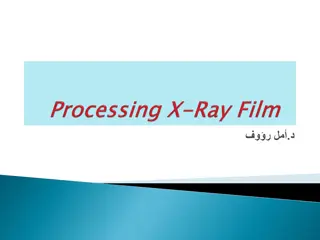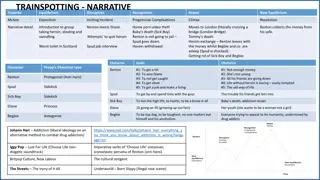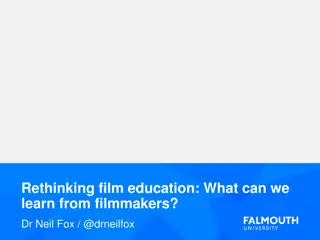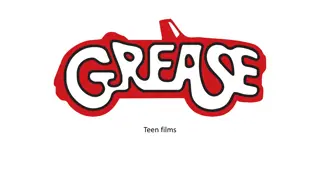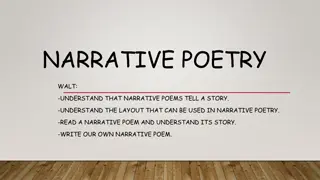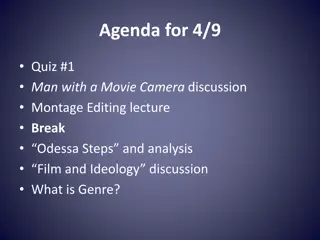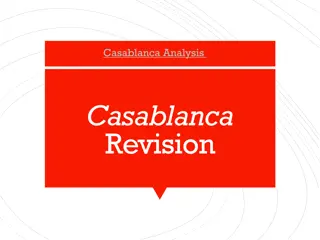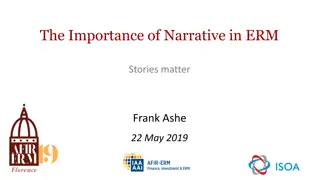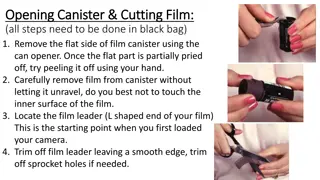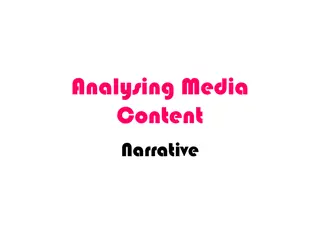Exploring Narrative in Film Studies: An Introduction to Film Analysis
Shots in film and television are crucial in storytelling, forming the narrative that can be dissected into plot and discourse. The plot revolves around events and character development, while discourse focuses on how the story is conveyed. Narrative theory, highlighted by Propp's character roles, provides insight into the universal structure of storytelling captivating audiences across various cinematic works.
Download Presentation

Please find below an Image/Link to download the presentation.
The content on the website is provided AS IS for your information and personal use only. It may not be sold, licensed, or shared on other websites without obtaining consent from the author. Download presentation by click this link. If you encounter any issues during the download, it is possible that the publisher has removed the file from their server.
E N D
Presentation Transcript
FILM STUDIES AN INTRODUCTION TO FILM ANALYSIS NARRATIVE
NARRATIVE Shots are linked in film and television to do one thing, tell a story. The process of producing a story is referred to as narrative. This can be divided into two parts:
THE PLOT: What happens. This is the story of the programme or advert, just like studying a novel, you will pick up on events and characters and development.
DISCOURSE OR NARRATION: How the story is told. You may get a story told from one perspective or from many. You may find that you as a viewer are put in a strange position when watching the action.
NARRATIVE THEORY PROPP claimed that stories and their structures are determined by the role of characters. He studied a wide range of Russian folk stories and identified 8 key roles:
CHARACTER ROLES/STOCK CHARACTERS the villain opposes the hero the donor (provider) helps the hero by providing a magic object the helper gives support to the hero the princess the reward for the hero and needs to be protected from the villain the princess father the dispatcher send the hero on his way the hero seeks something the false hero falsely assuming the role of the hero
UNIVERSAL STRUCTURE In terms of narrative driven by character type, Propp can be seen to have been influential in identifying a universal structure that can be applied to virtually all stories and in particular classic Hollywood cinema.
TASK 1 A. In pairs, take a popular mainstream film and draw up parallel links between Propp s character roles and the characters/themes in the film. B. Some could be two separate Propp roles. C. Props character could be animal or mineral! D. Are there any that do not fit? Why? E. Try to think of three films that do not fit the pattern.
TZVETAN TODOROV Tzvetan Todorov, in his book The Fantastic outlines several stages that a plot works through: 1. A state of equilibrium 2. A disruption of the equilibrium 3. A recognition of the disruption 4. Attempt to repair the disruption 5. Restatement of the (new) equilibrium Godalming College Media/Film Studies 10/9/2024 9
LEVI STRAUSS' THEORY OF BINARY OPPOSITES Levi Strauss, a French anthropologist in the 1900s, proposed a theory of 'binary opposites' which entails that the majority of narratives contain opposing main characters and themes. These binary opposites help to thicken the plot and further the narrative; and introduce contrast. For example, in a superhero film this could be good vs. evil, in a horror film this could be human vs. supernatural, and in a comedy this could be young vs. old. In Slumdog Millionaire: Jamal Vs Salim Poverty Vs Wealth Happiness Vs loneliness India Vs West
TASK 2 In small groups you must come up with a film idea which will appeal to your age group and applies Todorov s & Propp s narrative theory. The class will then vote for which films should be commissioned. Add as much detail to your pitch as possible including: 1. a title, 2. a tagline, 3. actors, 4. director, 5. genre, 6. location, 7. Themes . . .





